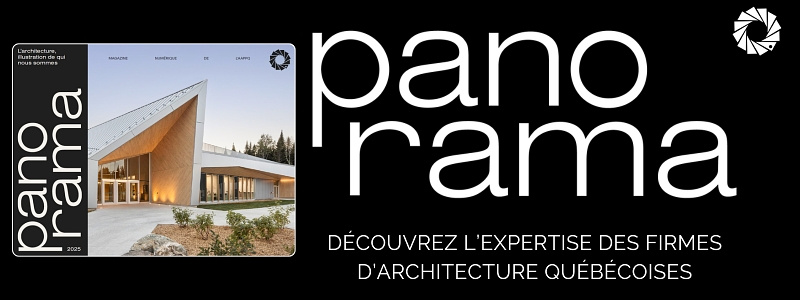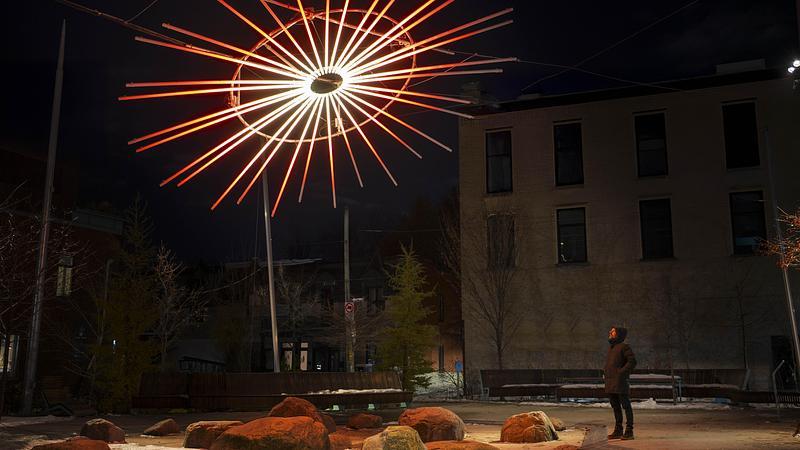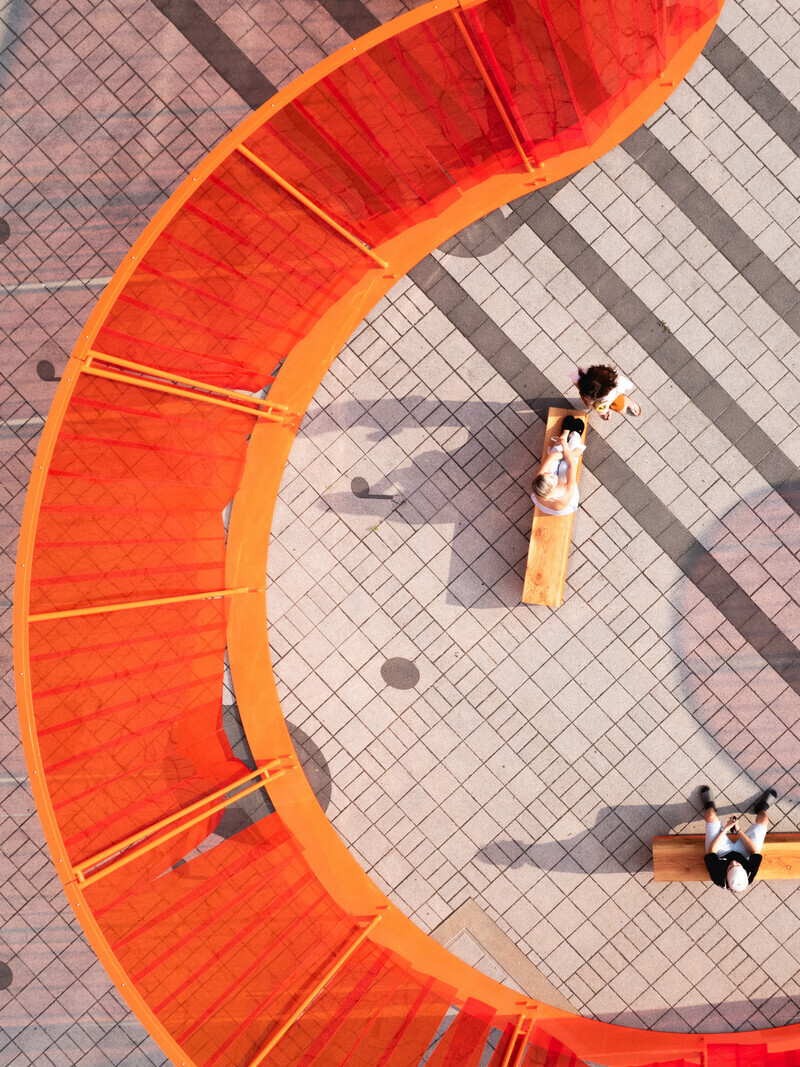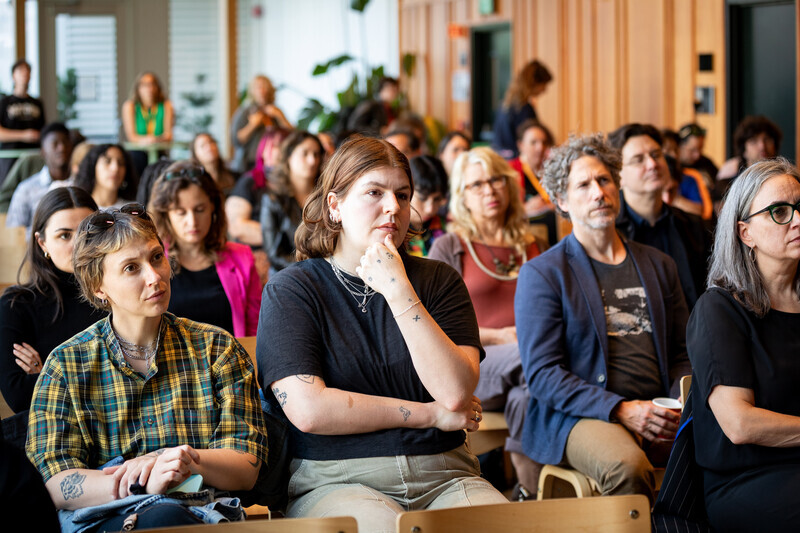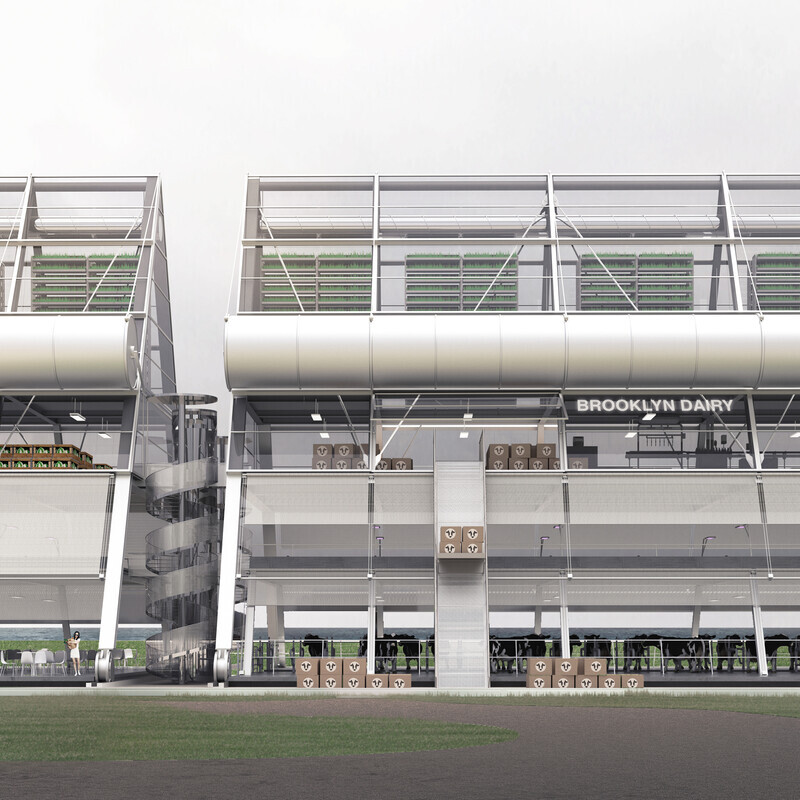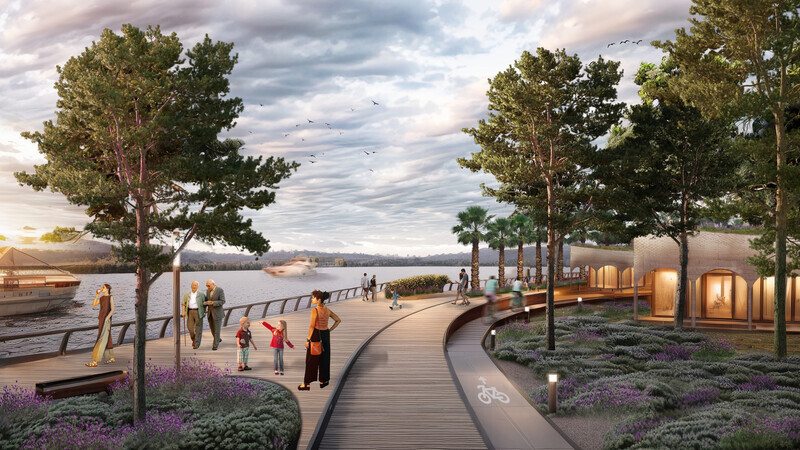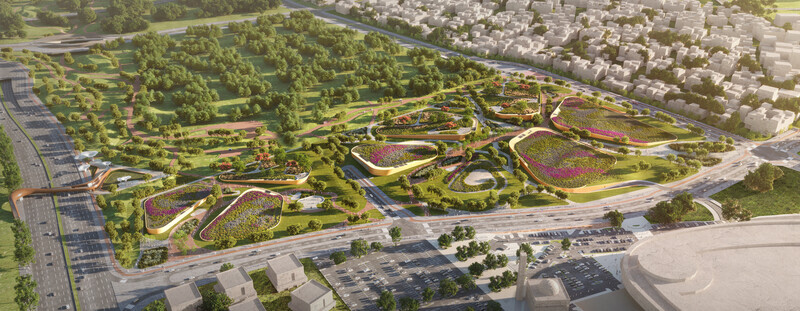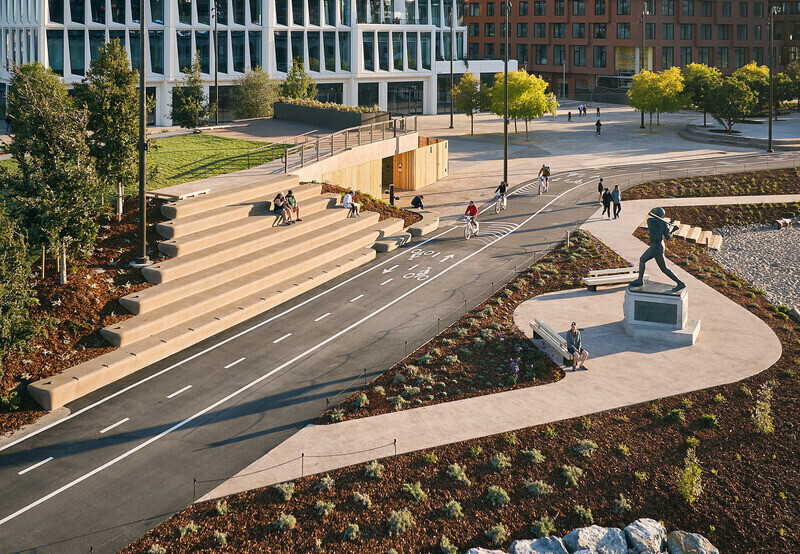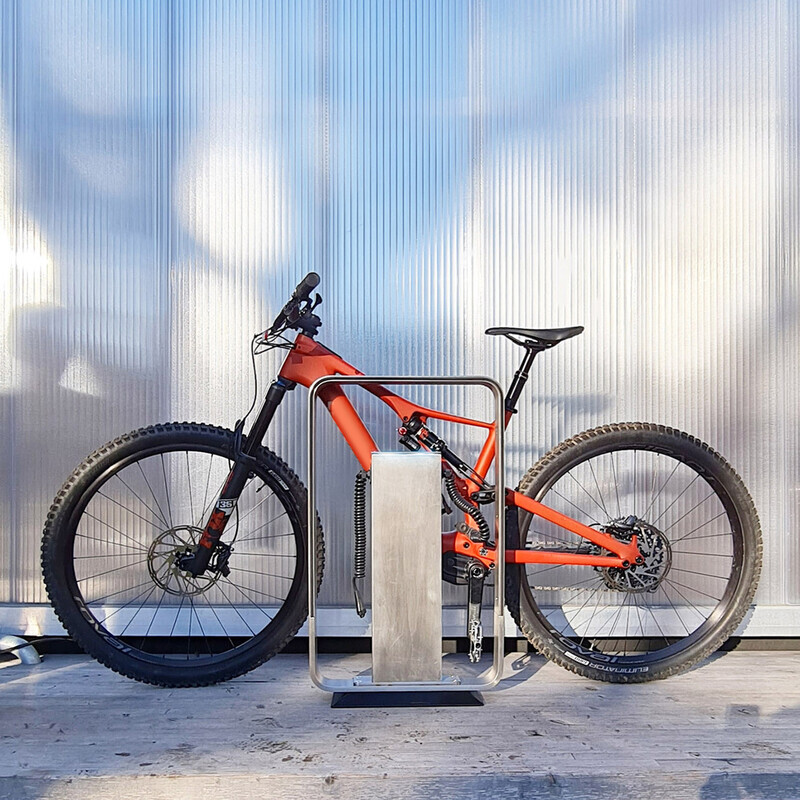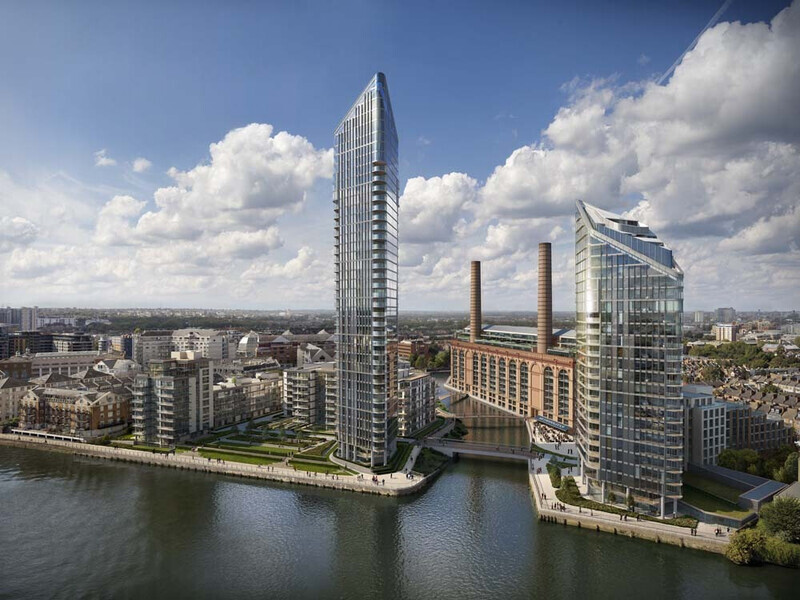
Press Kit | no. 7090-01
Les Fleurs de la Maladie: Art Installation from Recycled COVID-19 Tests
Subset
The installation Les Fleurs de la Maladie by Subset was awarded the Jury Prize at the 17th Festival des Architectures Vives in Montpellier
Subset proudly introduces its Les Fleurs de la Maladie art installation, winner of the Jury Prize at the 17th Festival des Architectures Vives in Montpellier, France.
What value do we place on health after more than three years of the COVID-19 pandemic? How different are our personal experiences and memories from the times when contact restrictions, or even nightly curfews, as well as frequent testing and monitoring, provided a strict framework in which to move?
As an interpretation of the festival theme of Sacrality, Hannah Fuchsenberger, Anne-Fleur Ising, Atidh Jonas Langbein, Gianna Neumann, and Helio Philipp Spiess conceived an installation that provokes a personal and emotional engagement with the aftermath of the COVID-19 pandemic through an aesthetic, sensual experience. Like white flowers, 1,482 COVID-19 test cassettes float above a blue platform. Les Fleurs de la Maladie - Flowers of the Disease - asks what value we attribute to our own and public health in general.
In the last few years of the pandemic, COVID-19 rapid tests have become a constant companion and a guarantee of safe contact, health, and a clear conscience. The security that the tests should provide in everyday life during the pandemic contrasts with the lightness and volatility of flowers, which sway in the wind or stand still, depending on the weather. Although the result of a COVID-19 test can provide momentary certainty, health, or, in this case, the field, is always in a fragile state that can be thrown off balance at any time by external factors. More than ever, health has been defined as the greatest sanctuary of our society, which stood still in order to save it.
The installation was constructed mainly from scrap material in a representative courtyard in Montepellier’s historic centre. Twelve Eiermann table tops, which would have been discarded at the Bauhaus University Weimar due to heavy wear and tear, were manually sanded, repainted, and screwed onto a substructure of wooden slats in the courtyard. 1,482 corona tests were applied to the panels on 1mm metal rods in a clear geometric grid. They were donated by a school in Munich that had purchased them for testing pupils, but they expired before their planned use and would have been subsequently disposed of.
By redesigning and reusing the materials, the installation 'Les Fleurs de la Maladie' thematizes environmentally conscious and sustainable approaches in the arts, while opening up this kind of space for wide-ranging interpretations and to encourage viewers to reflect on the value of health in our society. The flowers further invited visitors to share their personal memories and experiences of the pandemic.
Technical sheet
1,482 expired COVID-19 tests
1,482 steel bars
12 reused Egon Eiermann tables
Pinewood substructure
About Subset
Subset is an agile network composed of numerous Subsets that can be reassembled in context-dependent situations.
Subset works based on diverse perspectives, forms of knowledge, and competencies as it views its multidisciplinary composition as an enriching knowledge repository.
Based on a contextualized approach to research and design, Subset is a continually evolving collective that emphasizes the process, and accepts experiment and failure as integral parts of that process.
Subset is committed to sustainable and responsible design that works with the environment and values the earth as a home.
Subset understands space as a complex product of continuous interrelationships between human and non-human actors, and strives to initiate concrete actions from dialogue and negotiation of matters.
Subset is playful, experimental, and open.
For more information
Media contact
- Subset
- Subset
- subset.info@gmail.com
- +49 17634471051
Attachments
Terms and conditions
For immediate release
All photos must be published with proper credit. Please reference v2com as the source whenever possible. We always appreciate receiving PDF copies of your articles.
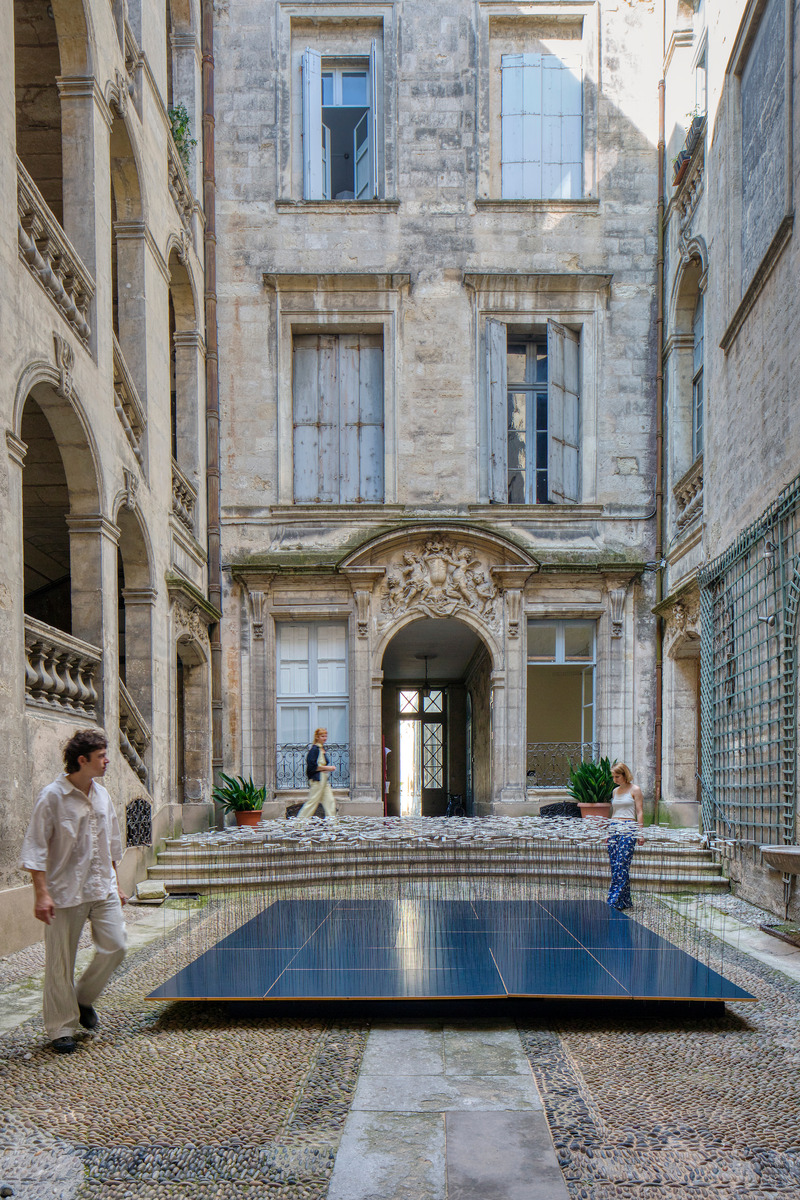
Very High-resolution image : 12.8 x 19.2 @ 300dpi ~ 16 MB
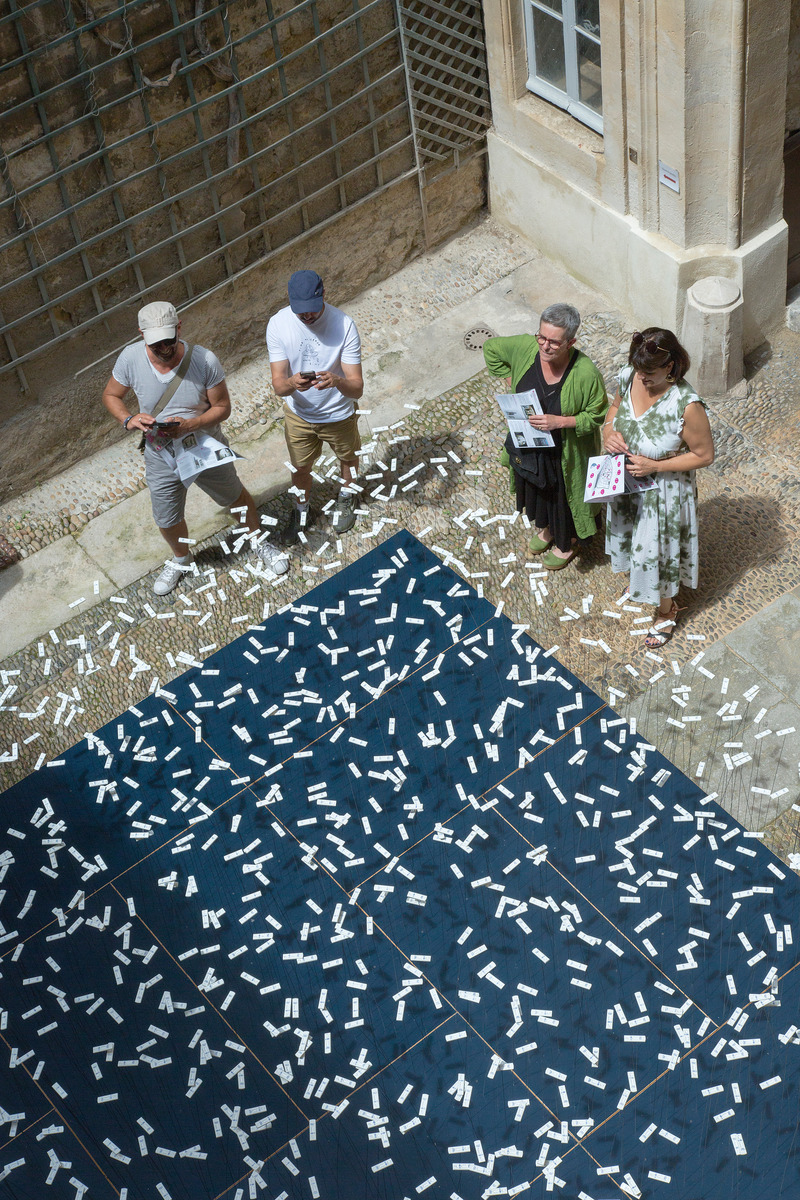
Very High-resolution image : 12.8 x 19.2 @ 300dpi ~ 18 MB
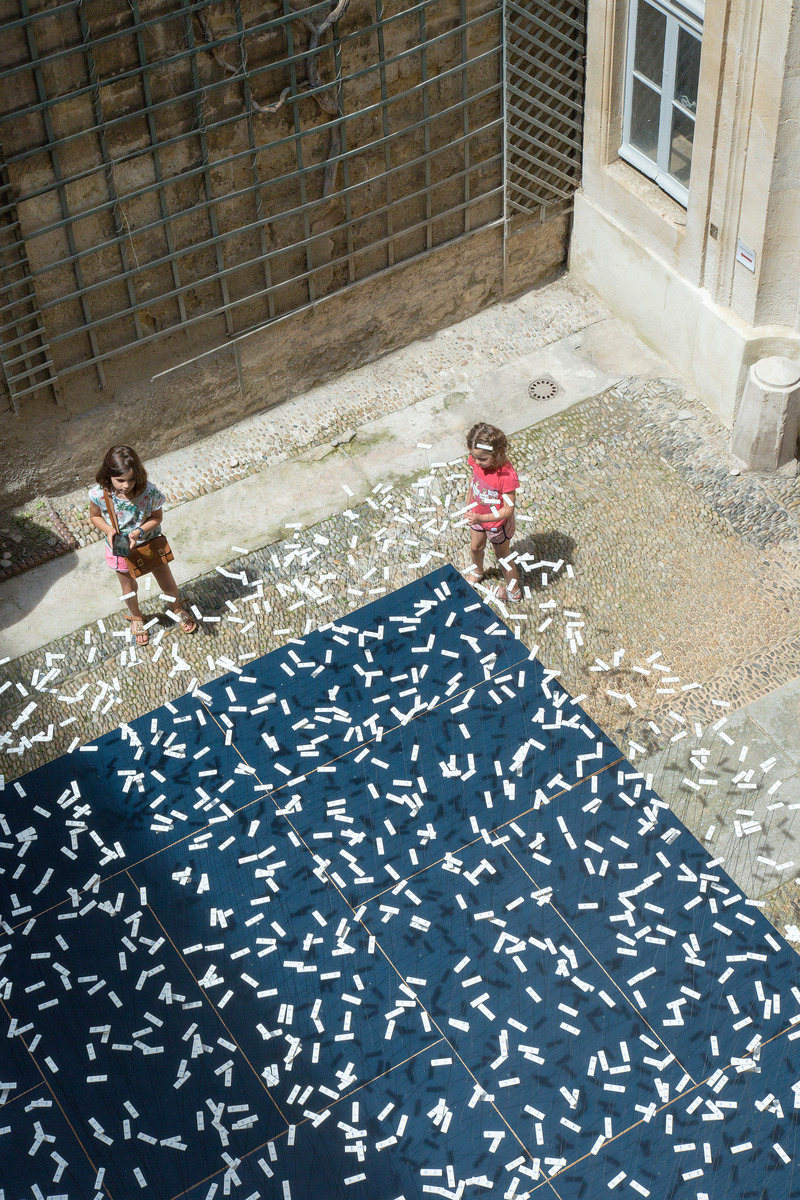
Very High-resolution image : 12.8 x 19.2 @ 300dpi ~ 19 MB
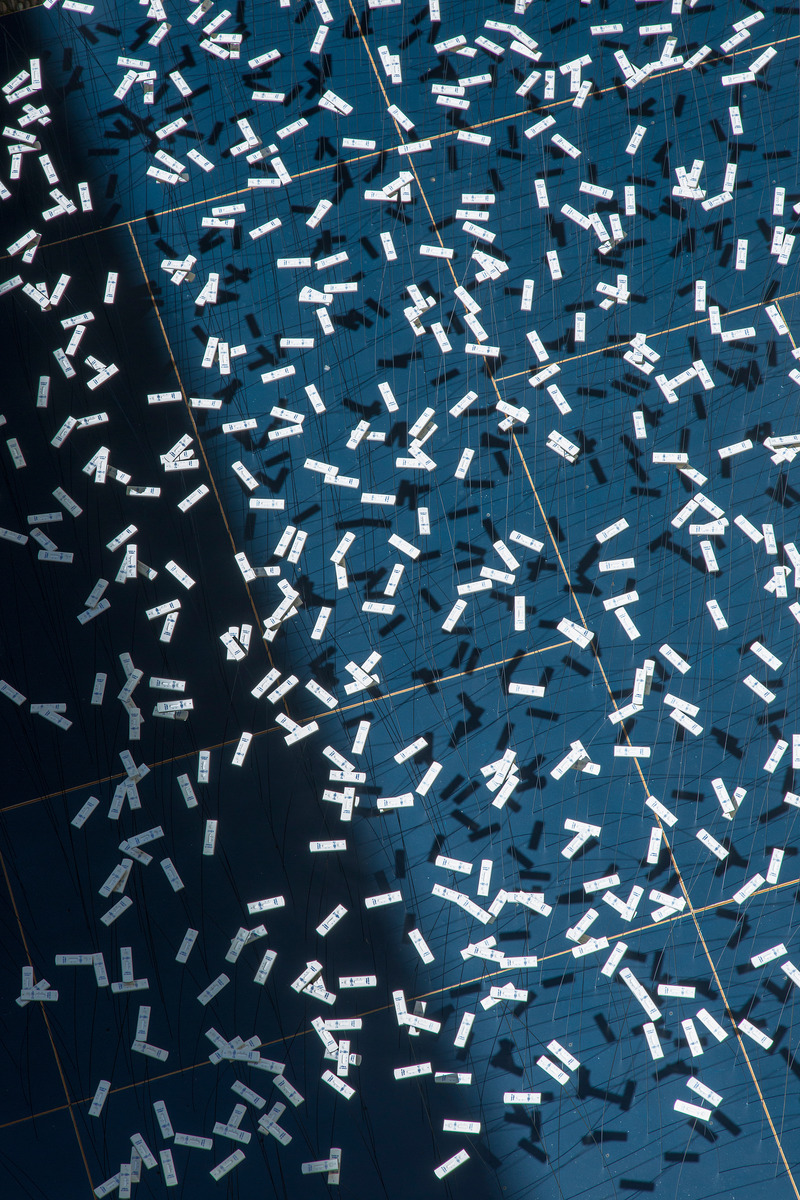
Very High-resolution image : 12.8 x 19.2 @ 300dpi ~ 15 MB
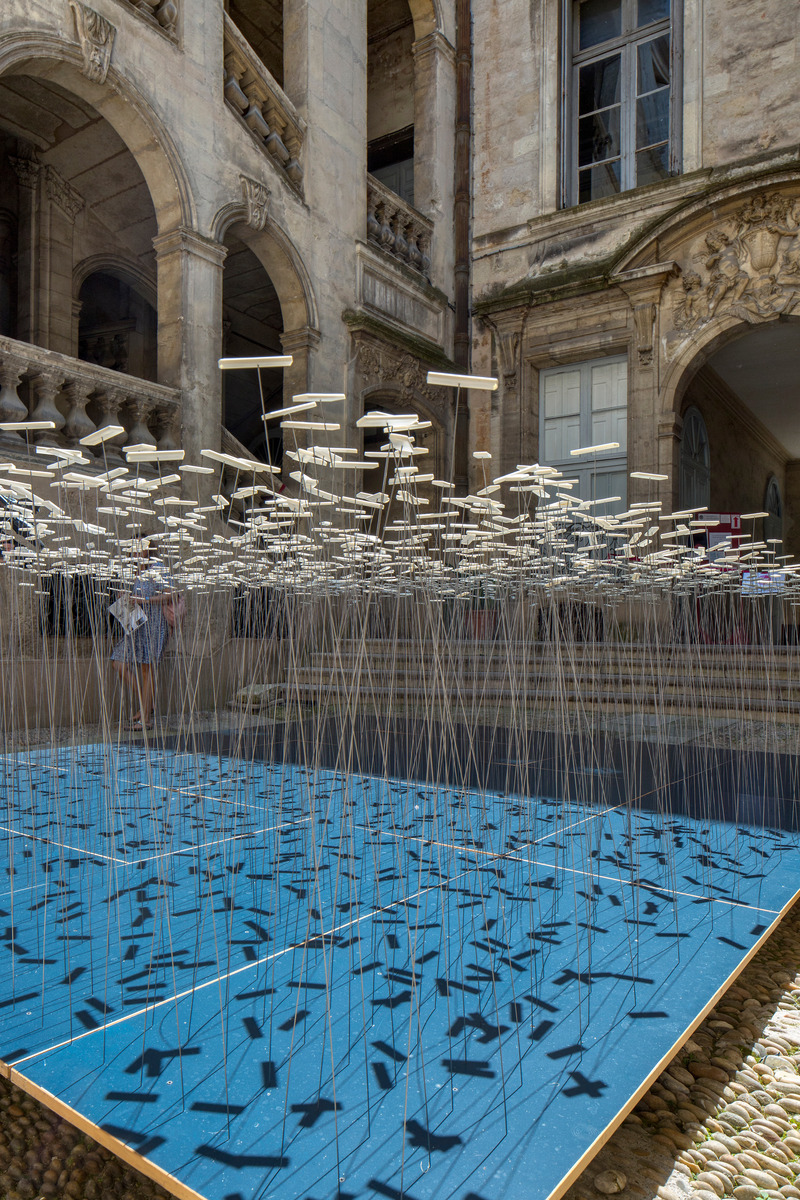
Very High-resolution image : 12.8 x 19.2 @ 300dpi ~ 15 MB
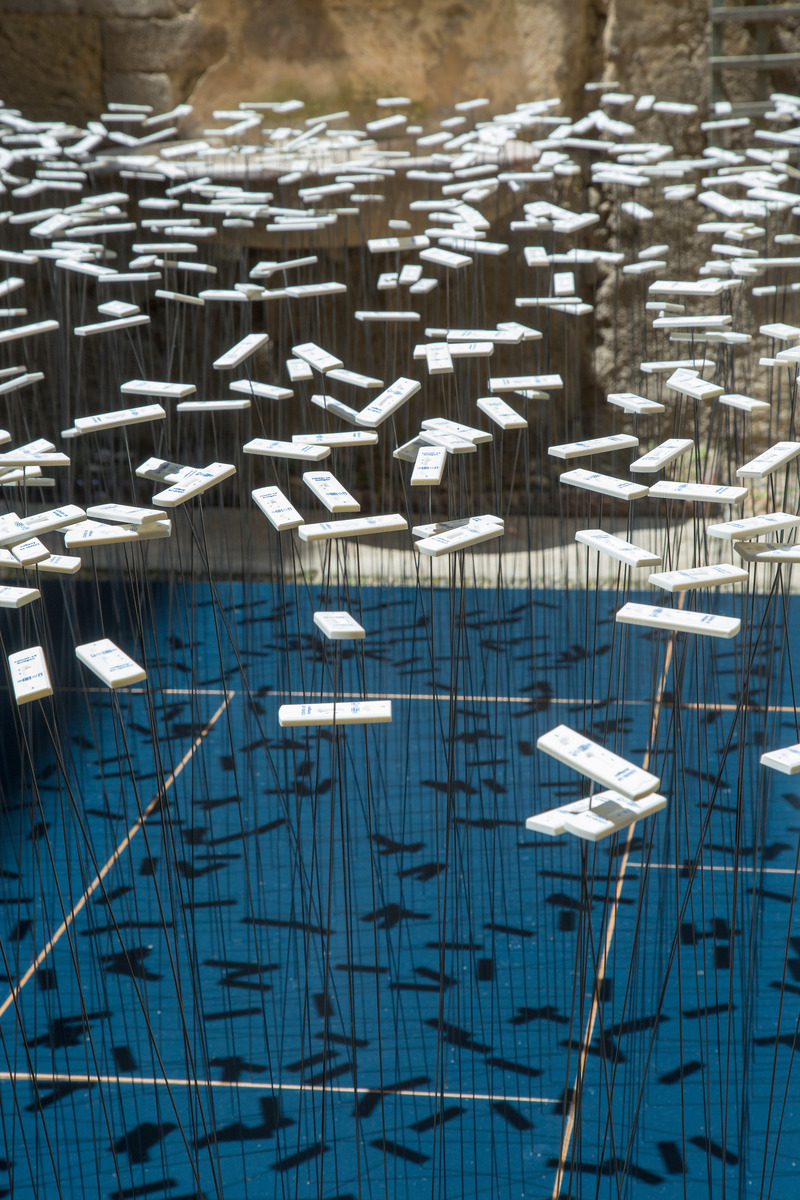
Very High-resolution image : 12.8 x 19.2 @ 300dpi ~ 12 MB
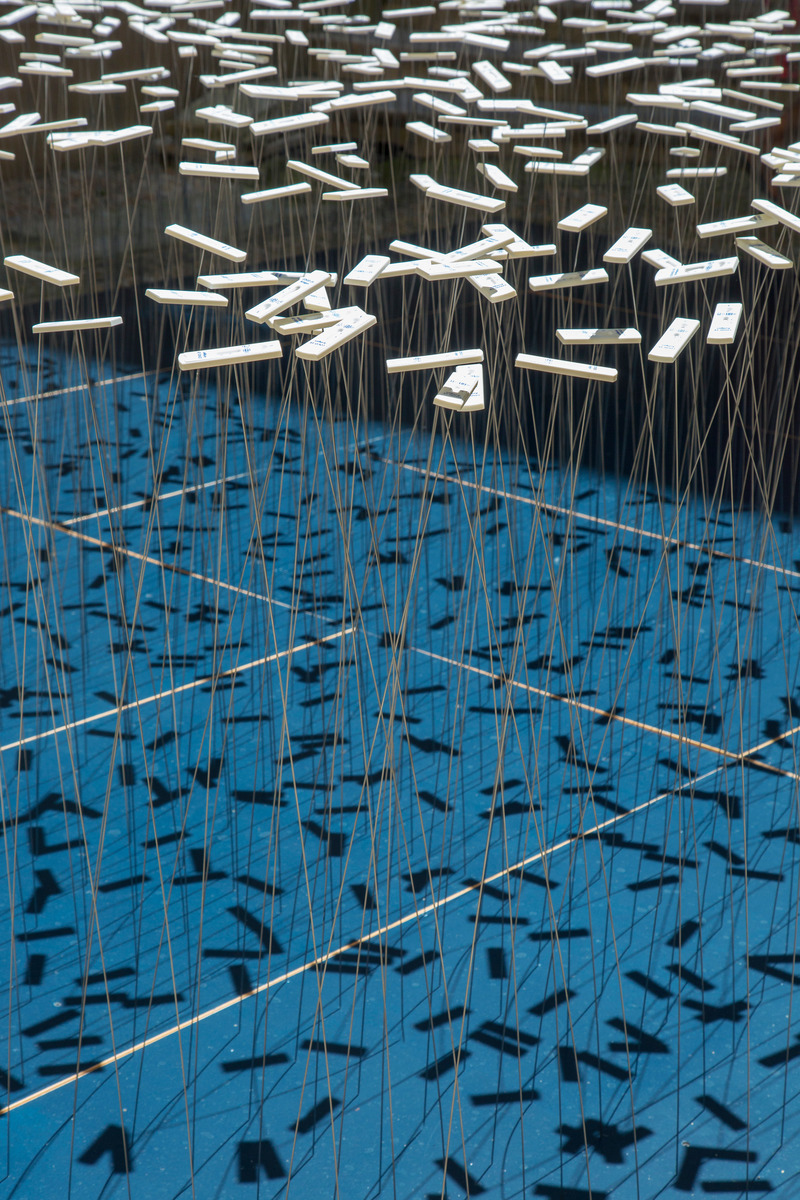
Very High-resolution image : 12.8 x 19.2 @ 300dpi ~ 12 MB
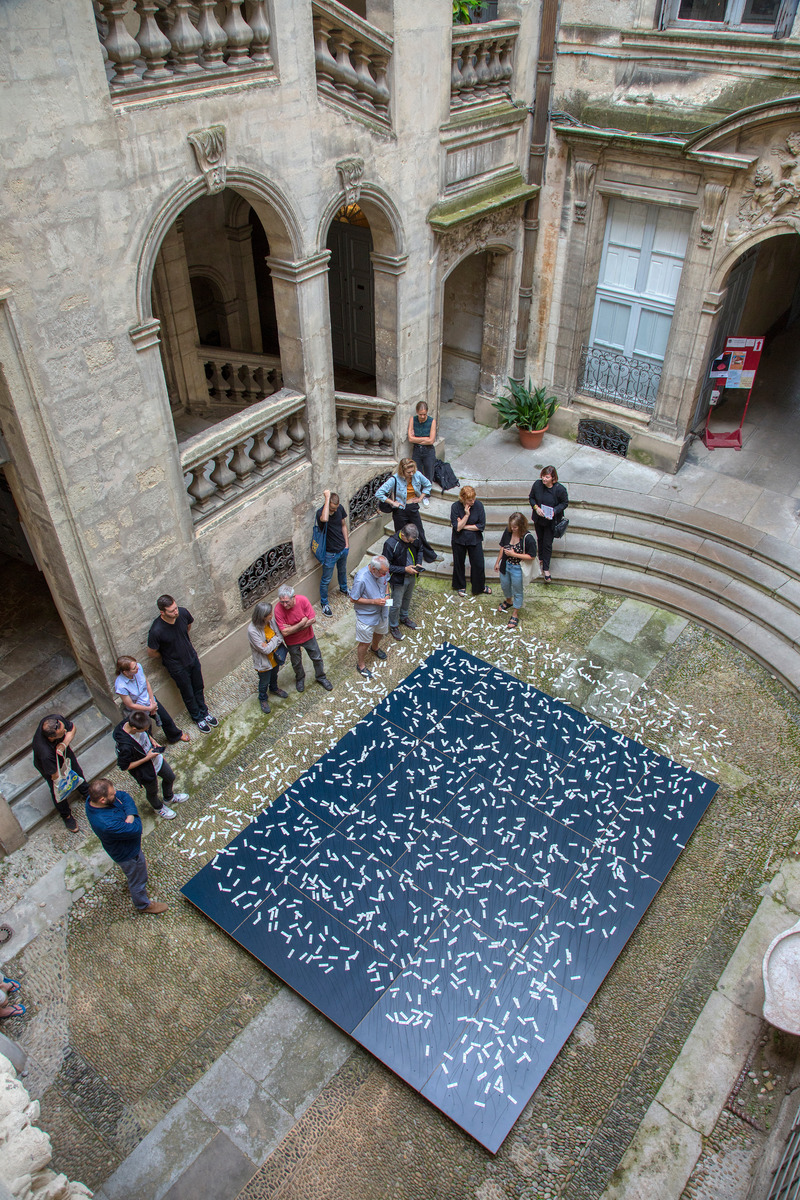
Very High-resolution image : 12.8 x 19.2 @ 300dpi ~ 16 MB
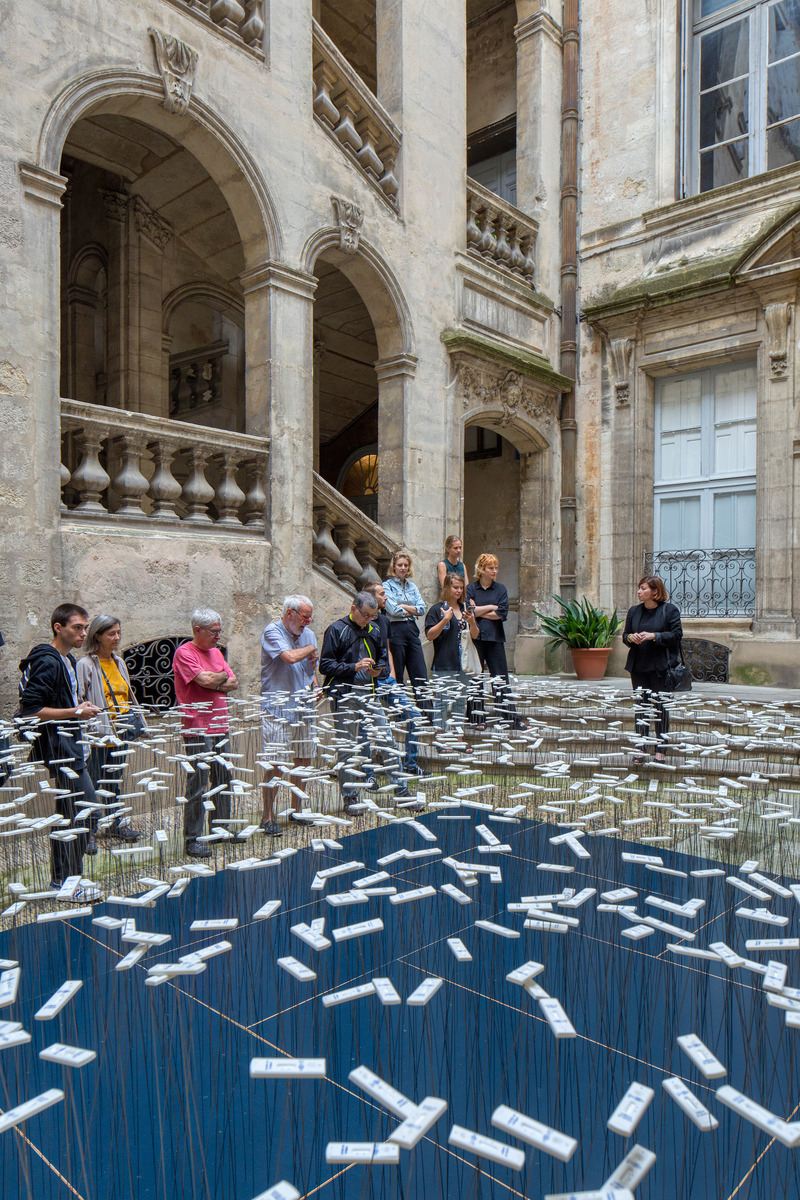
Very High-resolution image : 12.8 x 19.2 @ 300dpi ~ 15 MB
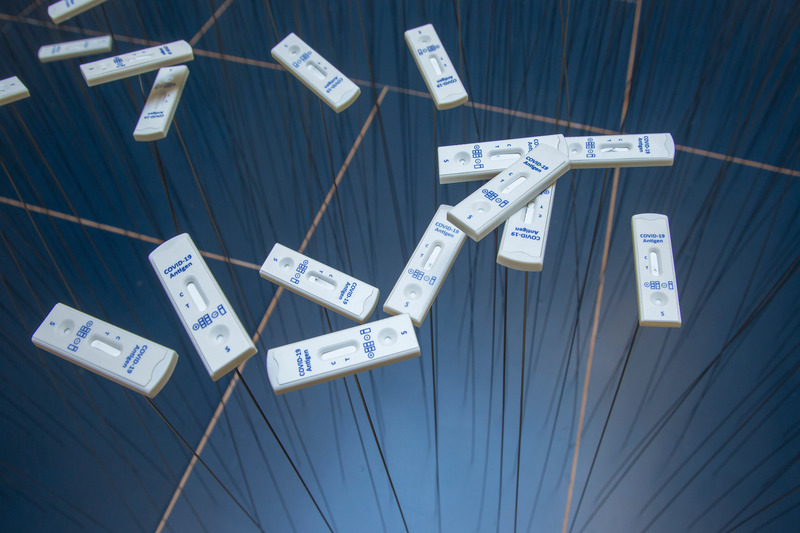
Very High-resolution image : 19.2 x 12.8 @ 300dpi ~ 12 MB
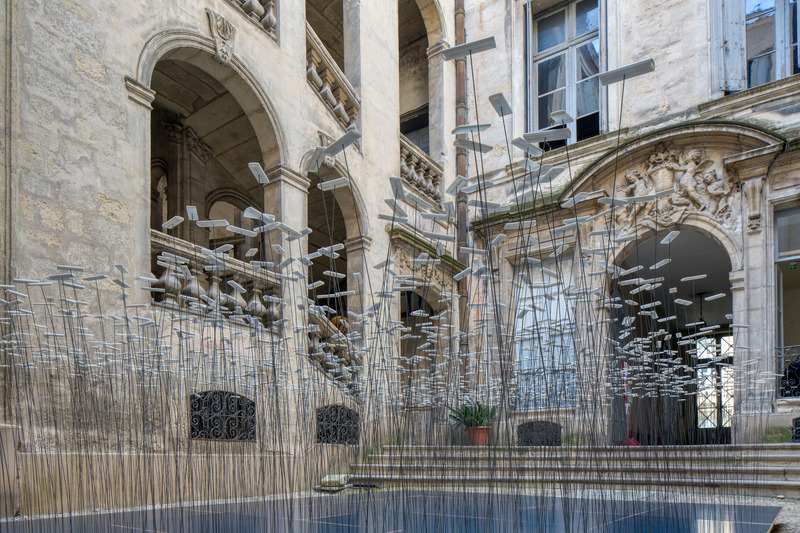
Very High-resolution image : 19.2 x 12.8 @ 300dpi ~ 14 MB
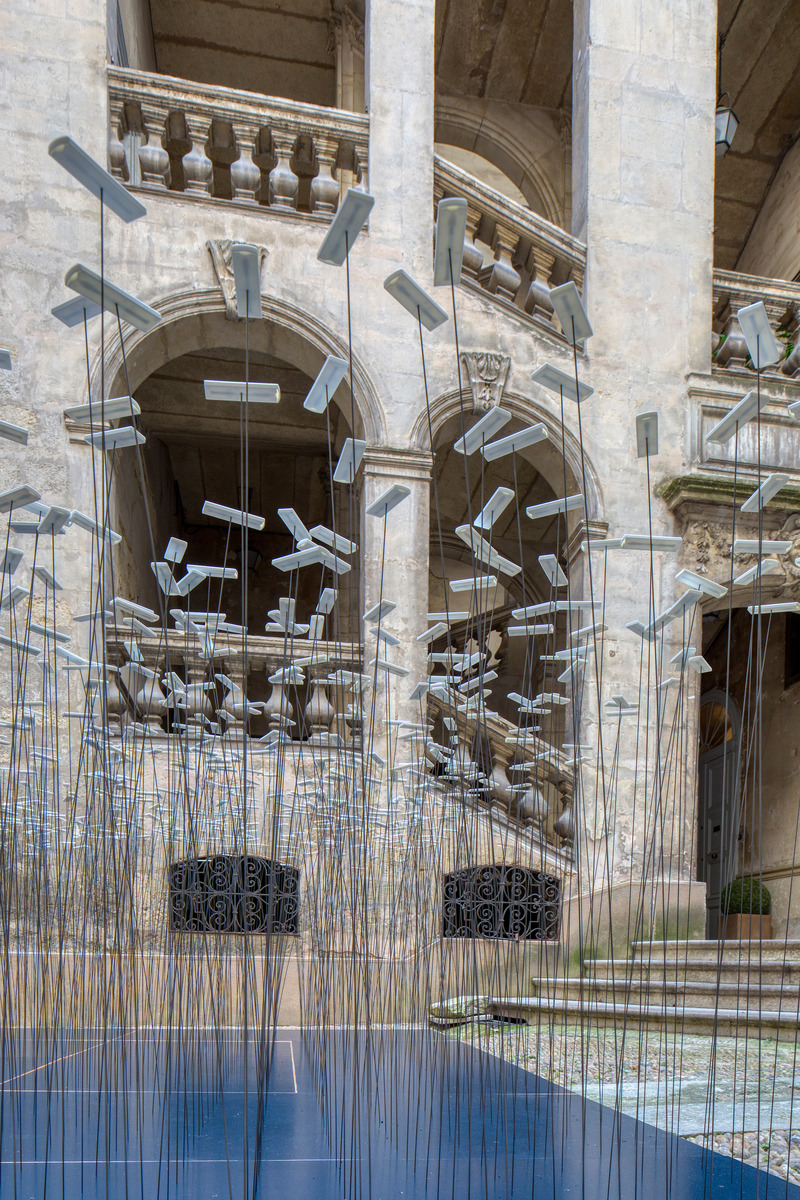
Very High-resolution image : 12.8 x 19.2 @ 300dpi ~ 14 MB
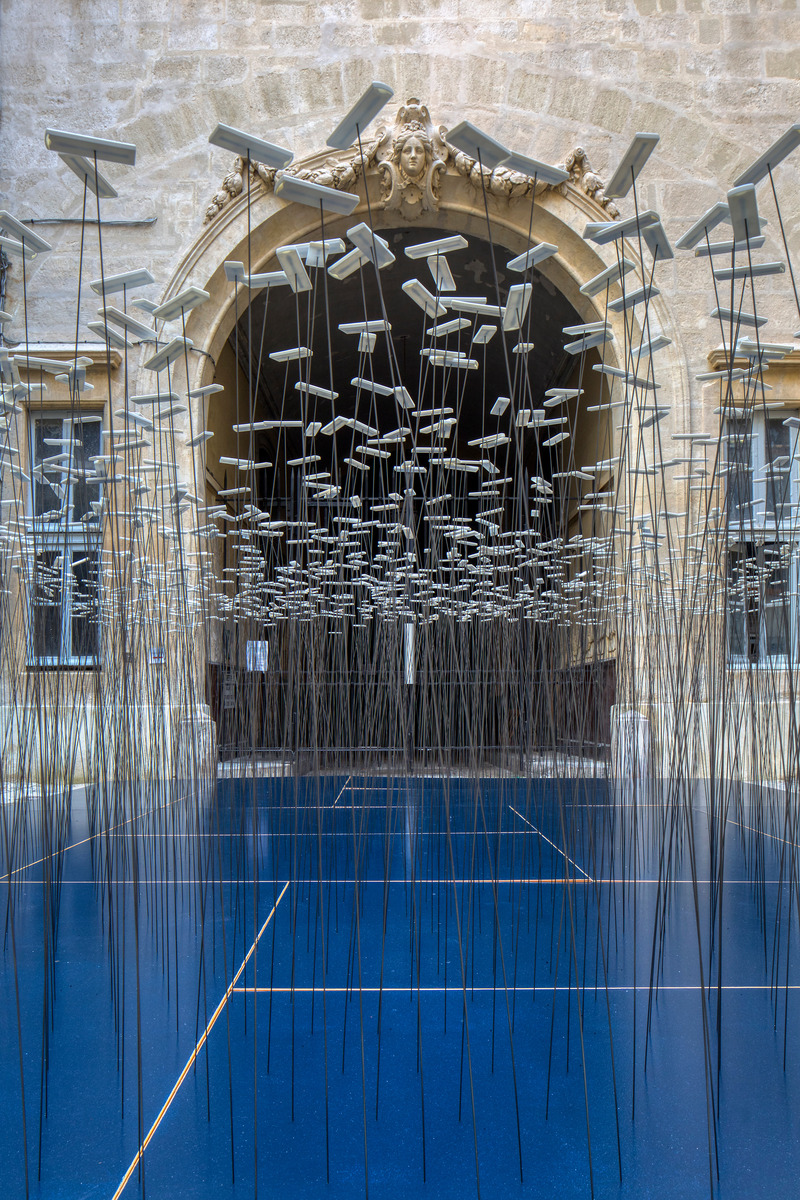
Very High-resolution image : 12.8 x 19.2 @ 300dpi ~ 15 MB
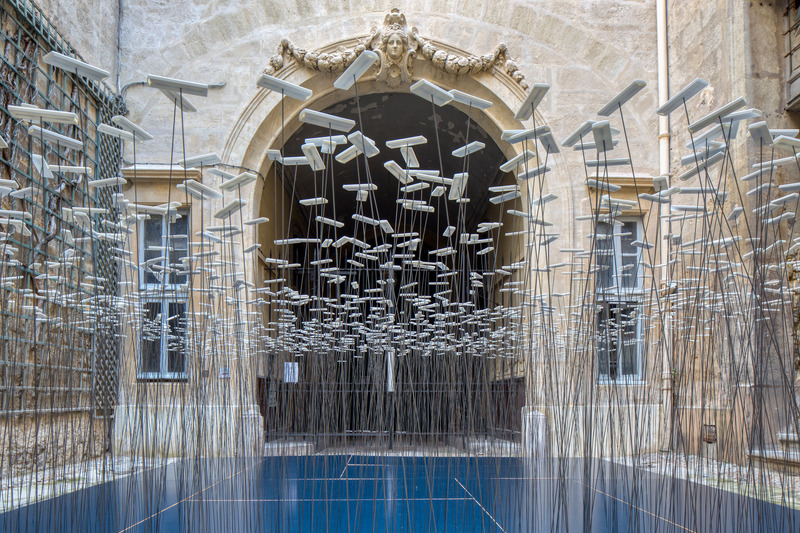
Very High-resolution image : 19.2 x 12.8 @ 300dpi ~ 15 MB
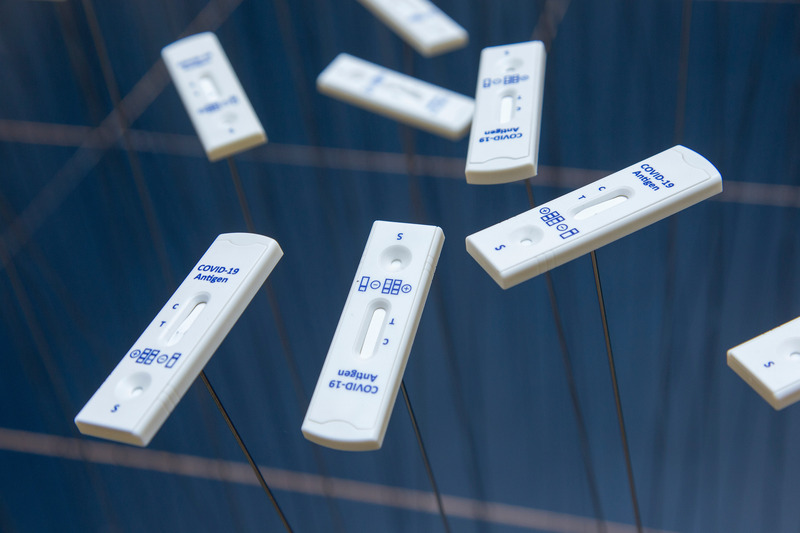
Very High-resolution image : 19.2 x 12.8 @ 300dpi ~ 12 MB
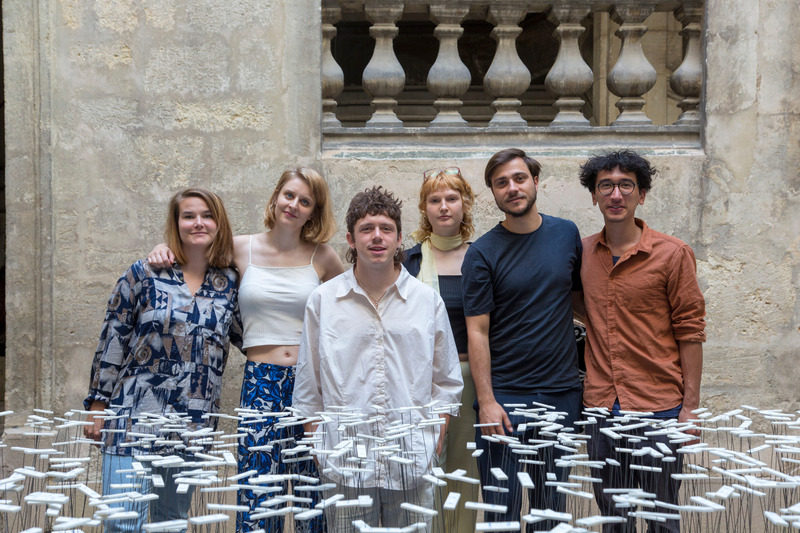
Very High-resolution image : 19.2 x 12.8 @ 300dpi ~ 13 MB
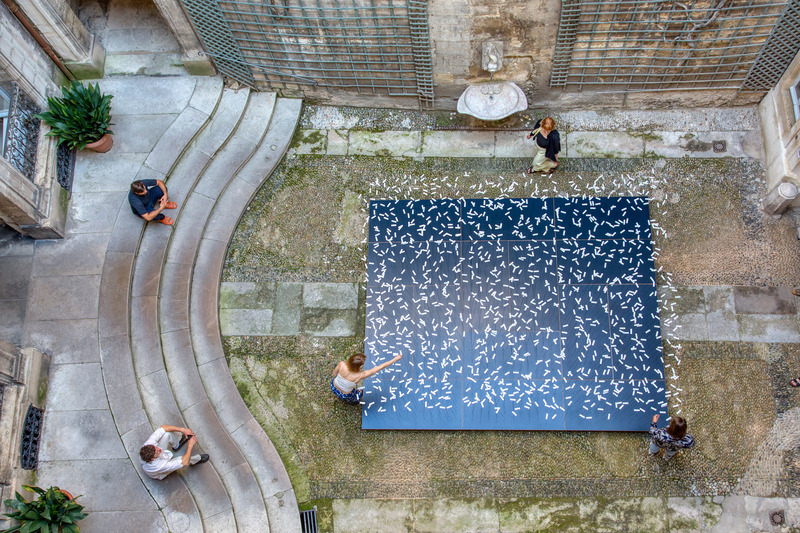
Very High-resolution image : 19.2 x 12.8 @ 300dpi ~ 17 MB
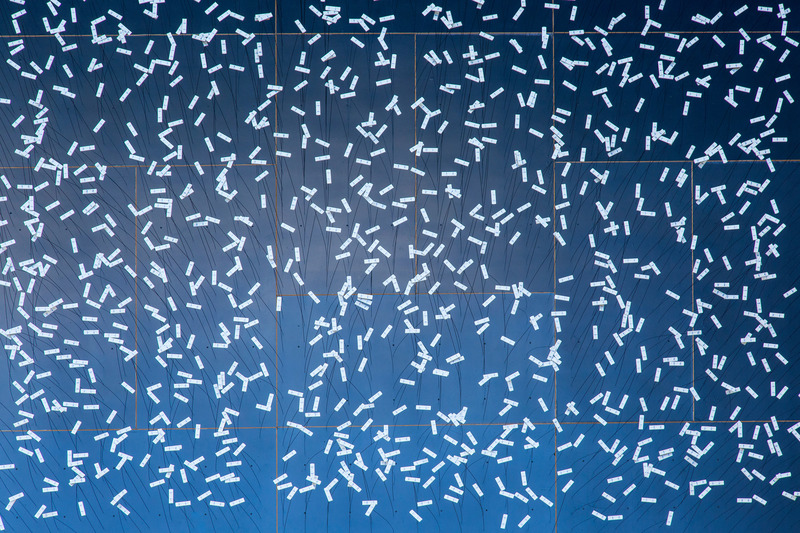
Very High-resolution image : 19.2 x 12.8 @ 300dpi ~ 16 MB
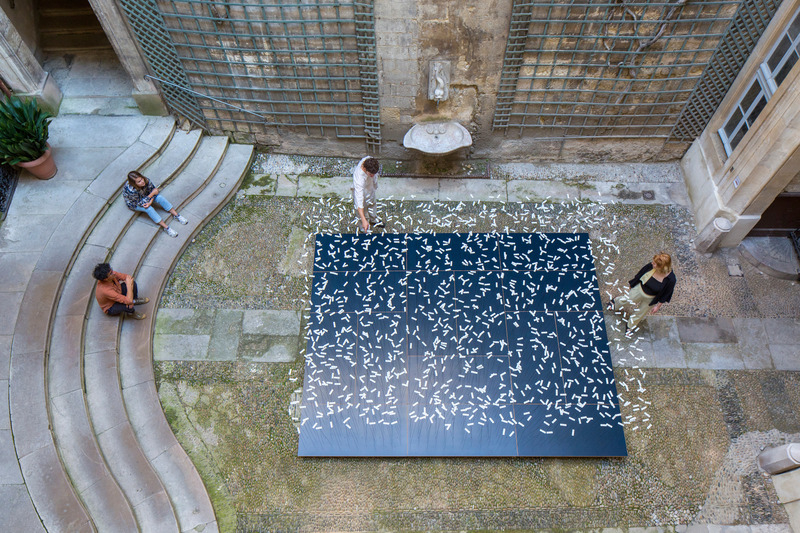
Very High-resolution image : 19.2 x 12.8 @ 300dpi ~ 17 MB
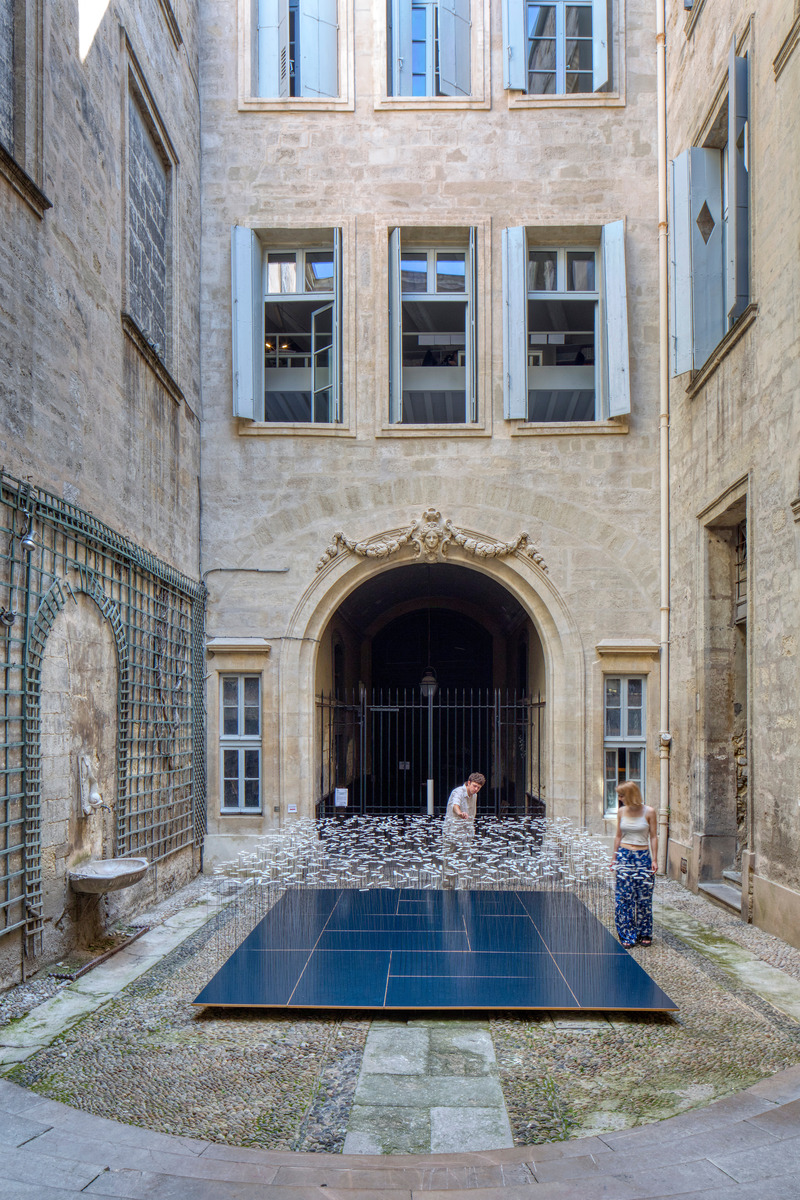
Very High-resolution image : 12.8 x 19.2 @ 300dpi ~ 14 MB
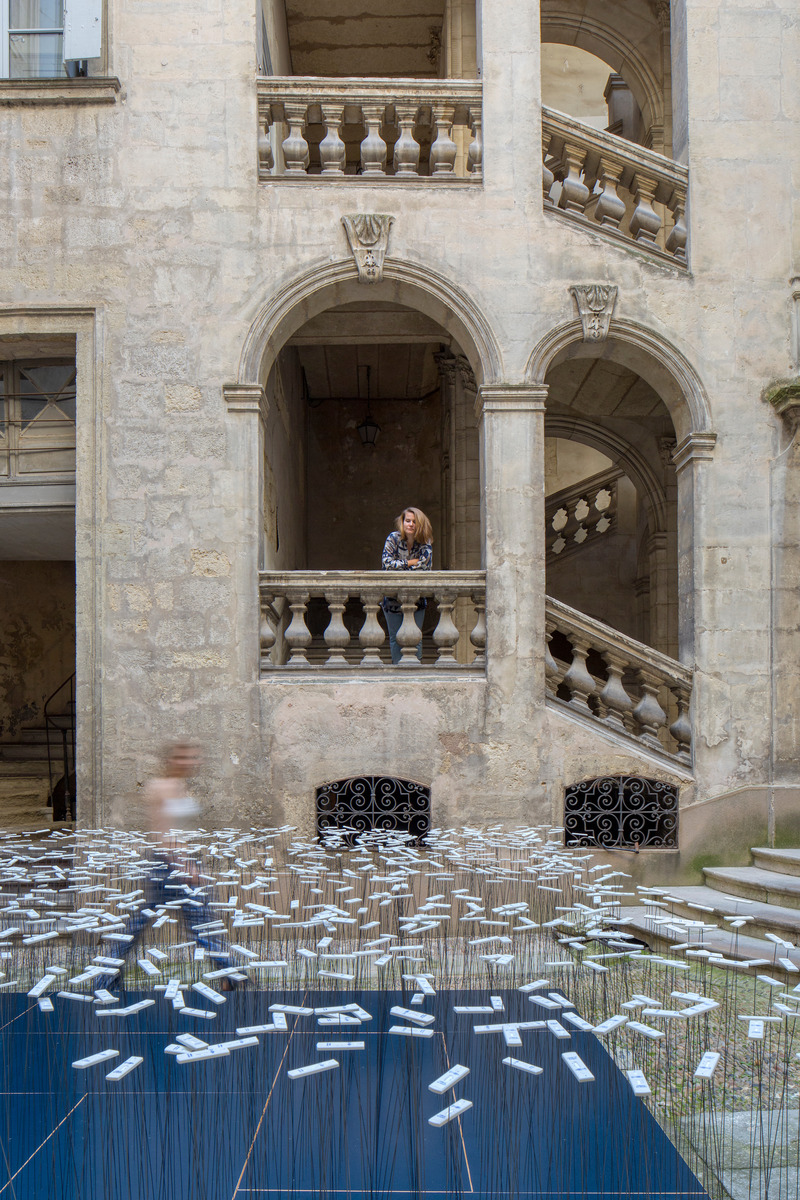
Very High-resolution image : 12.8 x 19.2 @ 300dpi ~ 14 MB
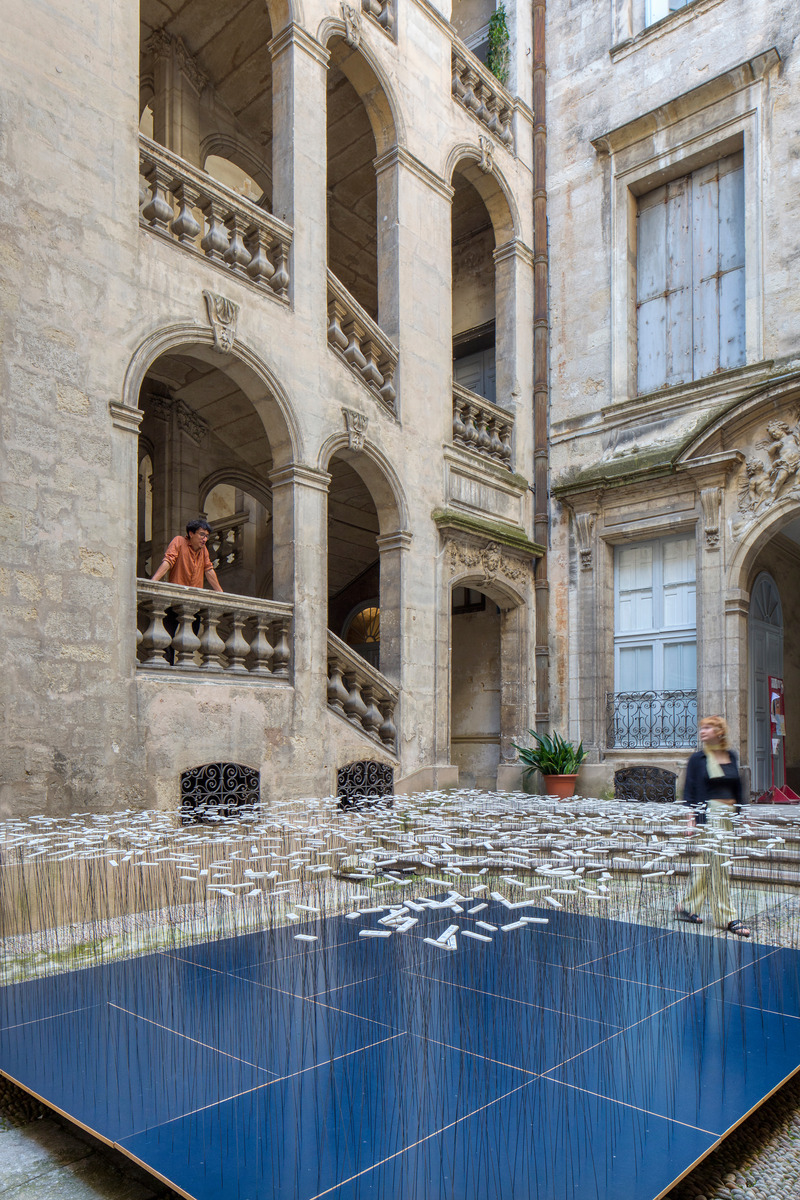
Very High-resolution image : 12.8 x 19.2 @ 300dpi ~ 15 MB
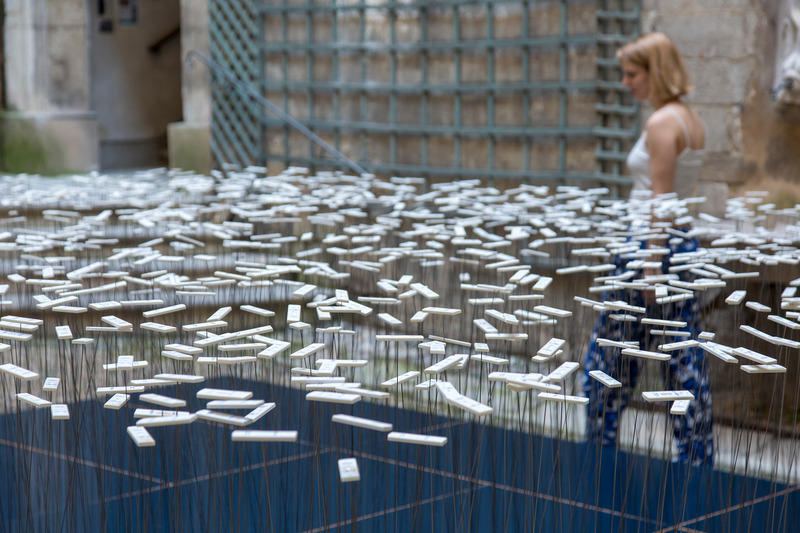
Very High-resolution image : 19.2 x 12.8 @ 300dpi ~ 13 MB
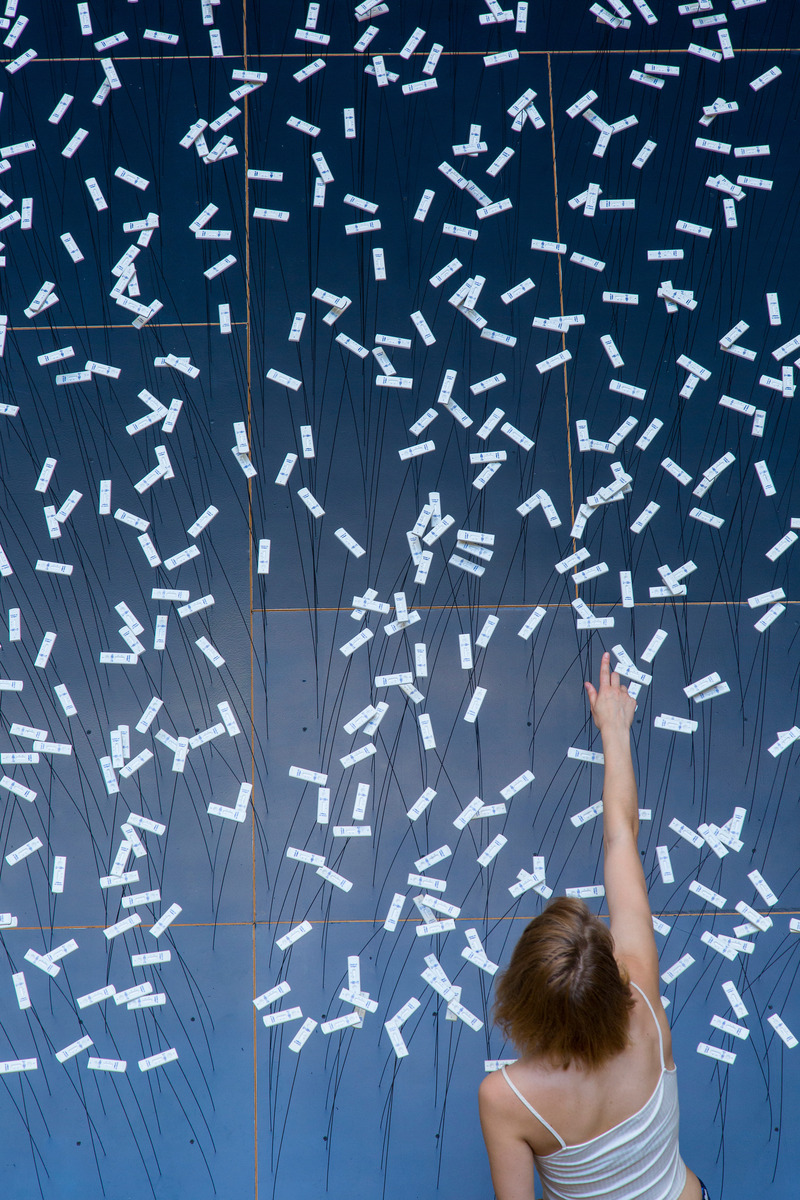
Very High-resolution image : 12.8 x 19.2 @ 300dpi ~ 15 MB
